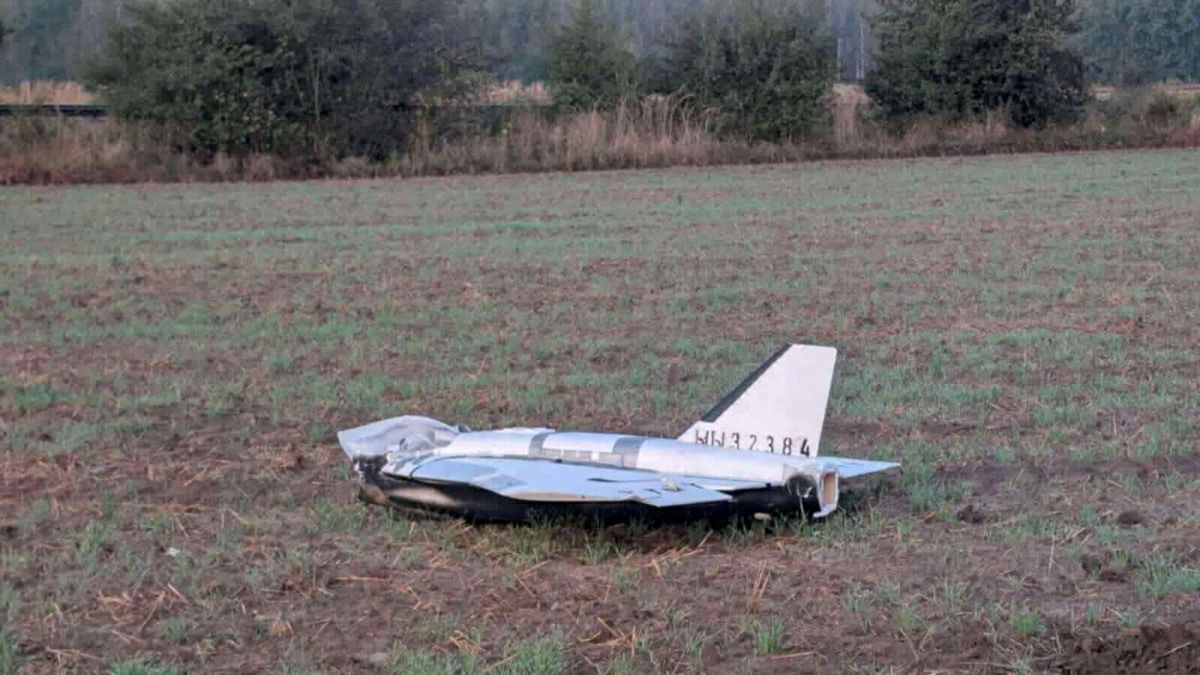Among the oldest surviving paintings in the world are a series of handprints, part of the cave paintings in France’s Chauvet Cave, roughly 30,000 years old. The 2010 documentary Cave of Forgotten Dreams shows how each handprint has the same distinct small finger, suggesting they were all made by the same person. In acting as an archive, art here has worked to preserve history within its strokes, and communicated to the future what is today considered vital information about humanity’s collective cultural history. As a microhistory of that place and time, it records not just the existence of a person with a crooked little finger, but also marks their faculties of imagination and creation.
Today amidst the coronavirus pandemic as we live in lockdown and face a global emergency, art continues to work as a repository of individual histories and human agency.
This spirit of collecting intimate memories is reflected in artist Pallavi Paul’s project Share Your Quiet. As part of Sunaparanta Goa Centre for the Arts’ ongoing series Surviving SQ (self-quarantine), Paul is asking people to send around 10-second audio clips of the silence in their confined environments, which she collects over the week and publishes every Monday. Clips have been coming in from India, Australia, the UK, US, Belgium, and more places all over the world, and sounds range from birds chirping and machines whirring to a piano playing and a child reciting poetry. Simply, these audio clips document humanity as it is today. “It [represents] the churning of the world. It’s devoid of all suggestions of the complex vortex that we find ourselves in,” says Paul. “And we know this is not a silence of leisure. It’s a pregnant silence, fertile, with many possibilities. Things are changing in this silence.”
This artwork stems from a place of political protest, being a response to the Janata Curfew announcement of creating noise as a way of expressing public spirit. “Why would governments want you to come out and make noise?” questioned Paul. “Because when a citizenry becomes silent, they become opaque, they cannot be read by the government. So power feels nervous.” For those feeling disconnected with the political reality, silence in the face of this exercise felt like a type of resistance. And while there’s a certain homogeneity to the bartan-banging, “silence is a very calibrated and graded space, and each person’s silence is very different,” says Paul. Noise can be measured, but there seemed no plausible way of documenting or measuring these silences, almost like an erasure of the dissent. It’s the urgency and restlessness about creating a space for silence that led to Paul’s project. For Paul then, this quiet doesn’t only mean an absence of all noise. It symbolises the absence of certain powers being imposed, the undoing of an identity, and a system being unsettled. Above all, it’s the expression of an individual’s agency. *** Freshly stirred tensions with Pakistan, discriminatory laws, police brutality, and sedition cases are some of the ingredients of ‘Communal Saffron Biryani,’ the first recipe of Gastronomical Essays, part of textile artist Sarah Naqvi’s audio-visual project Queerantine. With text and visuals by Naqvi, the project was conceptualised by the Inquilab Collective, of which she is a member.
Concerned primarily with keeping up the momentum of anti-CAA-NRC protests while in lockdown, Naqvi’s project uses a light-hearted tone and comical visuals to comment on India’s growing communal tensions. “Even though we are confined in our homes, our voices need to be heard,” says Naqvi. For this video, she decided to use the narrative of a cooking show to emphasise how even a recipe or a food item can be politicised and used to spread hate. “Biryani has been used to demonise Muslims. While it was being served in Shaheen Bagh, it has constantly been a subject that has been politicised,” says Naqvi. While being in lockdown because of the pandemic is challenging and anxiety-inducing, it’s also important to recognise how clearly it is highlighting the disparities deeply rooted in Indian society. “We need to understand and recognise that there are so many threats that are faced by India as a country,” she says. “I think these times are imperative for us to understand and really empathise with different disadvantaged communities. Because what we face now, they have been facing for years. And what we face now, they are facing even more adversely.” The name Queerantine, besides being a play on quarantine, also references this longstanding isolation and exclusion of the LGBTQ+ and other marginalised communities. “It’s about understanding that the normalcy we crave and so badly desire and want to go back to is not ideal, because in that normalcy there have been bodies who have been excluded and who have been facing this isolation long before the pandemic.” Read on Firstpost: Social distancing, self-isolation aren't just coronavirus-related terms, they've long marked everyday lives of queer, marginalised As the lockdown and social distancing are reminding people of the value of human connection and community, Naqvi wants us to use this time to aim for a more holistic, inclusive post-lockdown environment, where one empathises more deeply and chooses community over the political divisiveness of otherness.
*** In a fast-paced, competitive, often-selfish capitalist social structure, mental health is an already fragile experience for many. When facing something as unprecedented as a pandemic, boxed in and physically isolated, such challenges can sometimes become amplified. The act of engaging with the arts, of creating something, can be deeply cathartic and therapeutic. Through being an outlet for expression, art can offer relief from one’s own mind. It can remind of the inherent beauty of the world we live in. And it can offer a semblance of clarity, through providing perspective, in a time of blinding, overwhelming chaos. For
artist Gagan Singh , art seems as much a necessity as food. “It’s food for the heart, mind,” he says. “People build up a lot of trauma in life, one goes through a lot of traumatic experiences. But where do you release it? I think art, especially drawing, is a good way to let yourself heal.” As a general practice, his art provides commentary about the things happening in the country, in his signature style of miniature, satiric, black and white sketches. “For me the black and white is colour. The lines, patterns, forms, scribbles, the intricate work is something that I find complete.” [imgcenter]
Art sits within a person, offering a sense of belonging, and encouraging one to think more broadly.
It reminds one of the intrinsic humanity that connects us all. It takes steps each day to fight the hate and filth that’s spewed in a society. Now that a global pandemic has magnified the importance of art, and provided the time to reconsider the things most fundamental to life, one can hope that moving forward, there’ll be a greater sense of balance in the way people prioritise life, placing art and the inner world on equal ground with other concerns. Editor’s pick — Coronavirus Outbreak: Kiran Nadar paints gloomy forecast for India's art market


)
)
)
)
)
)
)
)
)



